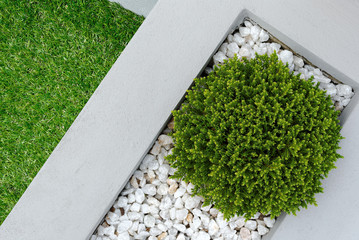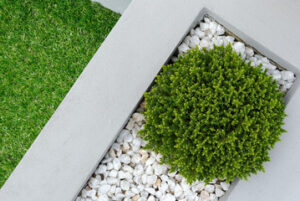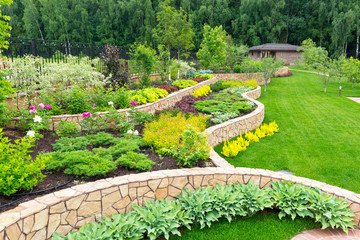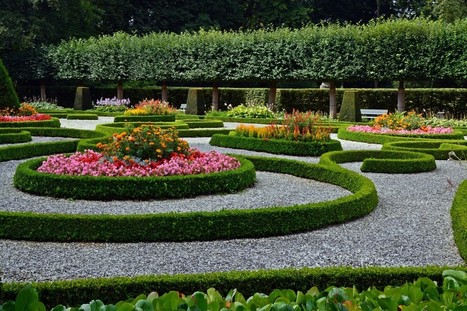
How to Create a Great Landscaping Design
Whether you want to add new landscaping to your home or just want to improve your current landscaping, there are several things you need to consider. The first thing is to determine what your goals are for your yard. This will help you decide how to prioritize your goals and what features will make your yard a great place to spend time. Click on https://www.ecogreenlandscapinganaheim.com/ to learn more.
Creating a great landscape design relies on following a set of basic rules. Incorporating the right mix of elements is a must to ensure a pleasing outcome. Using repetition is a good way to achieve the balance that every design deserves.
There are many ways to incorporate repetition into your design, ranging from subtle to over-the-top. For example, reusing the same color scheme throughout the yard can help unify the landscape. Likewise, using the same material for your hardscape can also provide a sense of uniformity.
Another tidbit is the use of patterns to create interest. This is particularly important in a hardscape setting. For instance, a circular form is usually repeated in a square pattern. Alternatively, varying the size or texture of a hardscape element can also add to its appeal.
A more subtle approach is to incorporate a repeating element in an artful manner. For instance, a single flower or leaf might be grouped in a way that allows it to stand out while also blending with the surrounding plants. Incorporating the right amount of repetition is a surefire way to create a landscape design that is both visually impressive and enjoyable.
There are other methods of creating a successful landscape design, but repetition is often a must. Whether you’re designing a brand new garden or upgrading your current one, the right combination of hardscape, plants, and other features will create a beautiful outdoor living space. Adding the right amount of repetition can make your design stand out while helping you to create the right balance for your yard.
Aside from repetition, there are a few other things to consider when deciding on the best design for your yard. These include the size of the garden, how many people will be using it, and the location of the home. In addition, the type of soil and weather conditions that the area will receive are also factors. By understanding how each of these factors affects your design, you can ensure that your hardscape and plants are in optimal condition.
Creating a garden room can be a great way to add a touch of personality to your garden. This type of space can be used for dining, relaxing, or entertaining. It can also provide a natural habitat for wildlife. Spending time in a green environment has been proven to reduce anxiety and depression.
If you’re looking for ideas, consult with your landscape designer. Start by drawing up a rough sketch of your garden. Then look for ideas online or in books. Choose a style that will complement your home. Then set a budget and timeline for your project.
If you’re building a garden room, keep in mind that it needs to have a clear, level entrance. There should be plenty of power outlets and ample lighting. You should also consider privacy. The garden room should be secure, with sturdy lockable doors.
You can also add a shade sail or pergola. These structures can provide sun protection and cover for the seating area. You can also use climbing vines for a garden ceiling.
You can use natural walls, such as stone or hedgerows. You can also build a living roof that mimics the roof of your home. You can use ornamental grasses, ornamental plants, or trellises to screen other areas of the garden.
You can also incorporate different styles of flooring into your garden room. Some of the most popular choices include brick, concrete, and mulch. These materials will give your garden a unique look.
The design of the garden room will depend on the size and scale of your property. If you’re building a small, enclosed garden room, you can limit your choices of hardscape. You may want to choose only two or three. However, if you’re working with a larger space, you’ll need to make a few more decisions.



